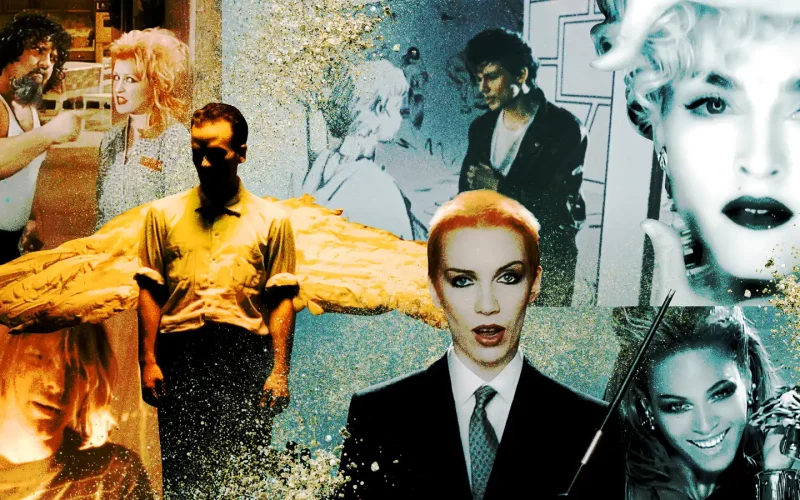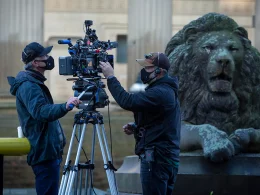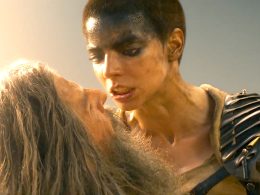Introduction
Music videos have evolved from simple promotional tools into a central force in shaping culture, driving trends, and influencing digital consumption. This article explores the profound impact of Music Videos Digital Age era, offering a detailed analysis, comparative insights, and a comprehensive understanding of their significance.
The Evolution of Music Videos in the Digital Age

In the early days of music television, platforms like MTV revolutionized how audiences consumed music. However, the rise of the internet, social media, and video-sharing platforms such as YouTube and TikTok has drastically changed this dynamic. Music videos are now readily available, enabling artists to reach global audiences without the need for traditional media outlets.
The Growth of Music Videos as a Digital Phenomenon
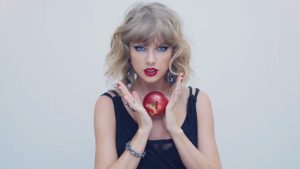
The way music videos are consumed has changed dramatically over the years. Before the digital age, music videos were mostly seen on TV channels like MTV or VH1, where they had a set time to air. Now, with platforms like YouTube, music videos are available anytime and anywhere. This shift has made it easier for people to watch their favorite videos whenever they want, and for artists to reach a larger and more diverse audience. With the rise of streaming services, even more people are discovering new music through videos.
Music Videos as a Tool for Artist Promotion

In the digital age, music videos are essential for promoting songs and artists. A music video can make a song go viral, especially if it connects with viewers in a unique or emotional way
. Artists and record labels now use music videos as part of their marketing strategy. A well-crafted video can grab attention and increase the chances of a song becoming a hit. Social media also plays a huge role in this. Fans often share music videos on their own accounts, helping them reach even more people.
The Power of Music Videos in Setting Trends
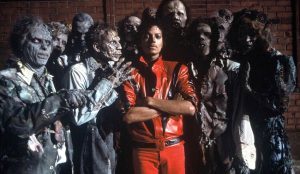
Music videos have long been a powerful tool for setting trends in fashion, dance, and lifestyle. Artists often showcase new styles, hairstyles, and outfits in their videos, which their fans eagerly adopt.
Iconic music videos like Michael Jackson’s “Thriller” or Beyoncé’s “Single Ladies” became cultural landmarks. In the digital age, trends spread even faster thanks to social media platforms like TikTok, where users often recreate dances or challenge others to participate. This has made music videos a key driver in shaping popular culture.
Music Videos in Different Genres

Music videos have also become more diverse in the types of genres they represent. In the past, music videos were often associated with pop or rock music, but today, videos from almost every genre are being made. Hip hop, country, electronic, and even classical music artists now use videos to showcase their music. This variety has expanded the role of music videos in the music industry, as each genre brings its own style, visuals, and culture to the video-making process. Whether it’s a hip-hop artist’s dance-heavy video or a country singer’s cinematic storytelling, music videos now represent all kinds of music.
The Shift to Short-Form Music Videos

One of the most noticeable changes in the world of music videos is the rise of short-form content. With the growing popularity of TikTok, Instagram Reels, and YouTube Shorts, music videos are becoming shorter and more engaging.
These platforms have made it possible for artists to share clips of their songs, sometimes as short as 15 to 30 seconds. Short-form videos are perfect for capturing quick attention and encouraging viewers to check out the full song or video. This shift towards brevity is changing the way music videos are made and consumed.
The Impact of Social Media on Music Video Success

Social media has had a massive impact on the success of music videos in the digital age. Platforms like Instagram, Twitter, and TikTok allow fans to share their favorite videos instantly, making them go viral in a matter of hours. Artists now use social media to promote their videos even before they are released, creating buzz and anticipation.
For example, teaser clips and behind-the-scenes footage can generate excitement and drive viewers to the full video when it drops. The ability to interact directly with fans has made social media an invaluable tool for music video promotion.
The Role of Data in Music Video Success

In the digital age, data plays a huge role in determining the success of music videos. Platforms like YouTube and Spotify provide detailed analytics that show how many people are watching, sharing, and interacting with a video. Artists and labels use this information to adjust their marketing strategies and find new ways to engage with their audience.
Data also helps determine which regions or demographics are most interested in a particular video, allowing artists to target specific audiences. This ability to track performance in real-time gives artists more control over how they promote their music videos.
Music Videos as Cultural Influencers
Music videos serve as powerful storytelling tools that convey not just music but also cultural narratives. They address social issues, express personal journeys, and set fashion and lifestyle trends. The visual component deepens the listener’s connection to the song, transforming the music video into an artistic statement that often resonates far beyond the music itself.
The Role of Platforms in Music Video Consumption

Video platforms have democratized access to music videos, allowing independent artists to showcase their creativity alongside major record labels. Platforms like YouTube have also monetized music videos, giving artists and labels a direct revenue stream. Social media apps such as Instagram and TikTok amplify this reach by enabling clips and challenges that often go viral.
Trends in Music Videos Today
- Interactive Videos: Immersive experiences such as VR or 360-degree videos engage audiences actively.
- Social Media Integration: Short-form video trends encourage user participation, like dance challenges.
- AI in Production: AI tools are increasingly being used to generate visually stunning and cost-effective music videos.
Music Videos and Fan Interaction
Fan interaction is a key part of music videos in the digital age. Social media allows fans to comment, share, and create their own content inspired by a music video. Artists and fans can connect in real time, with fans offering feedback or creating fan art, remixes, or even their own dance routines. This interaction builds a stronger relationship between artists and their followers. When fans feel involved, they become more dedicated and passionate about the artist, helping to spread the video even further.
The Global Reach of Music Videos

One of the most powerful aspects of music videos in the digital age is their global reach. Unlike traditional TV broadcasts, which may be limited to certain countries or regions, digital platforms allow music videos to be shared worldwide. An artist from one part of the world can now have their music video seen by viewers in different countries, all thanks to the internet. This has opened up opportunities for artists to build a global fan base and connect with people from diverse cultures, making music videos a truly universal form of art.
Advantages and Challenges
While music videos have many benefits, they also come with challenges. One of the biggest issues is the sheer number of videos online. With so many videos being uploaded every day, it can be difficult for an artist’s video to stand out. This creates a lot of competition. Another challenge is dealing with piracy and copyright problems.
Since digital content can be easily copied and shared, artists sometimes face difficulties protecting their work. Finally, because people are constantly scrolling through social media, keeping viewers’ attention has become harder. Music videos now have to compete with countless other forms of entertainment, making it tough to keep people engaged.
Advantages:
- Global Reach: Digital platforms ensure videos can be accessed by millions worldwide.
- Cost-Effective Promotion: Social media minimizes marketing costs for artists.
- Enhanced Creativity: Technological advancements provide artists with tools to experiment.
Challenges:
- Over-Saturation: The ease of uploading content leads to a competitive landscape.
- Copyright Issues: Piracy and copyright violations pose challenges for artists.
- Short Attention Spans: Audience retention remains a key hurdle in an age of scrolling.
The Future of Music Videos in the Digital Age
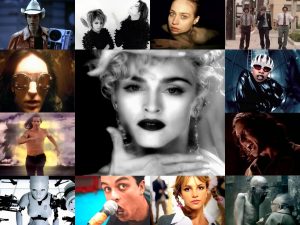
Looking ahead, the future of music videos seems bright, with many exciting possibilities. As technology continues to improve, we can expect even more creative music videos that use virtual reality (VR), augmented reality (AR), and other digital tools. These innovations could lead to interactive music videos where viewers can influence the outcome or experience the video in new and exciting ways.
Social media will likely continue to play a key role in promoting music videos, as platforms evolve to offer new ways for fans to connect with their favorite artists. Despite the challenges, music videos will remain an essential part of the music industry, constantly adapting to the changing digital landscape.
Analysis Table: Impact Areas of Music Videos
| Impact Area | Details |
|---|---|
| Cultural Influence | Sets trends in fashion, dance, and lifestyle. |
| Monetization | Generates income through ads, sponsorships, and sales. |
| Audience Engagement | Builds deeper connections through storytelling. |
| Global Reach | Breaks geographical barriers via digital platforms. |
Comparative Table: Traditional vs. Digital Music Videos
| Aspect | Traditional Era | Digital Age |
|---|---|---|
| Distribution | TV channels (e.g., MTV) | Online platforms (e.g., YouTube) |
| Audience Reach | Limited to specific regions | Global and instant |
| Engagement | Passive viewing | Interactive and participatory |
| Cost | High production and airing costs | Flexible with lower-cost options |
| Trends | Slow dissemination | Rapid, viral spread |
Conclusion
Music videos in the digital age are more than promotional tools—they are cultural powerhouses that shape and reflect society. While they offer unprecedented opportunities for creativity and monetization, they also present challenges that require innovative strategies. Artists and creators must embrace digital trends to maximize their impact in a fast-evolving landscape.






